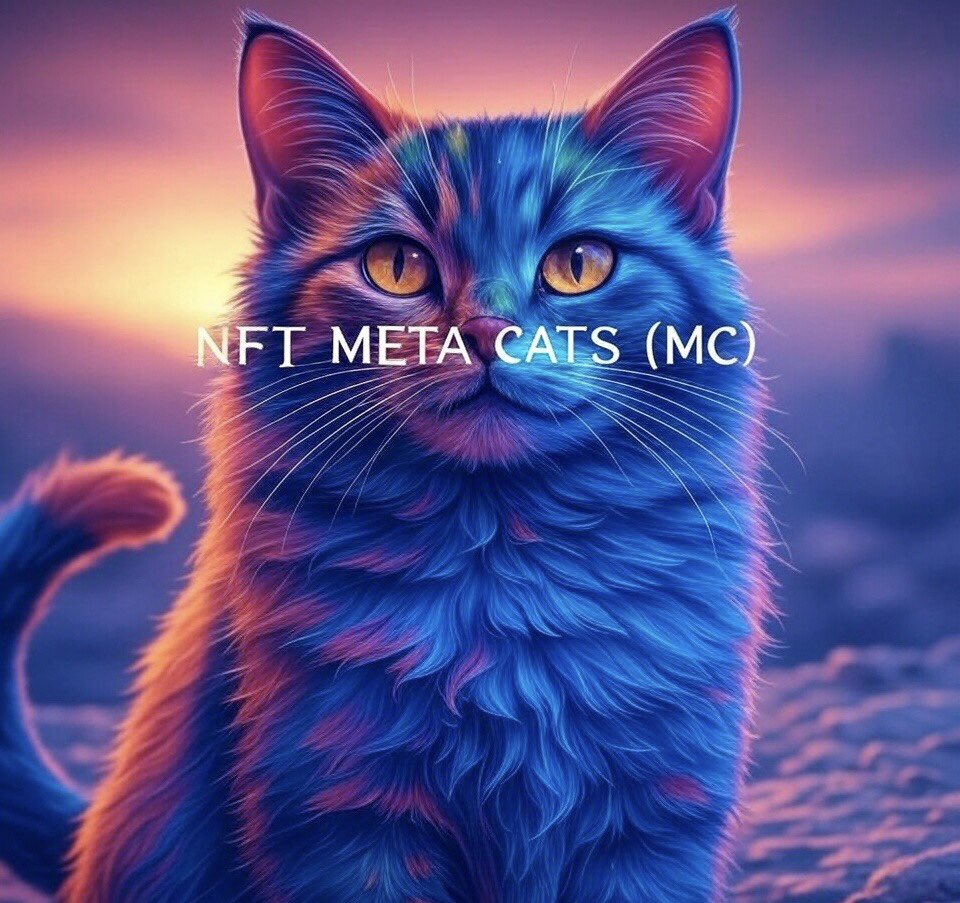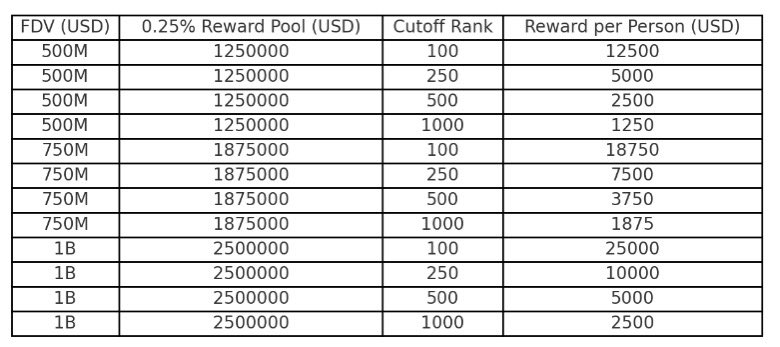The Convergence of AI, Crypto, and Social Media: A New Era of Digital Engagement
A Glimpse into the Future
In an era where technology is advancing at an unprecedented pace, the convergence of artificial intelligence (AI), cryptocurrency, and social media is reshaping the digital landscape. This fusion is not just a fleeting trend but a transformative shift that promises to revolutionize how we engage with technology. Let’s explore this fascinating intersection and its far-reaching implications.
The Rise of AI-Powered Education and Research
Personalized Learning Experiences
AI has been a game-changer in the education sector. AI-powered educational platforms are gaining traction due to their ability to personalize learning experiences. These platforms use machine learning algorithms to adapt to a student’s learning pace and style, providing tailored content that enhances understanding and retention. For instance, platforms like Duolingo use AI to personalize language learning, making it more effective and engaging.
Revolutionizing Research
Research is another field benefiting immensely from AI. AI can analyze vast amounts of data quickly and accurately, identifying patterns and insights that humans might miss. This capability is invaluable in fields like medicine, where AI can help predict disease outbreaks or personalize treatment plans. For example, AI algorithms can analyze genetic data to identify potential health risks, enabling early intervention and prevention.
The Crypto Revolution: Beyond Bitcoin
The Evolution of Cryptocurrency
Cryptocurrency, once a niche interest, has now entered the mainstream. Bitcoin, the first and most well-known cryptocurrency, paved the way for a multitude of others, each with its unique features and uses. Ethereum, for instance, introduced smart contracts, which are self-executing contracts with the terms of the agreement directly written into lines of code.
The Emergence of NFTs
The crypto world is not just about digital currencies anymore. Non-Fungible Tokens (NFTs) have emerged as a significant trend, representing ownership of unique digital assets. From digital art to virtual real estate, NFTs are changing how we perceive and trade digital ownership. For example, the sale of Beeple’s digital art for $69 million showcases the potential of NFTs in the art world.
The Social Media Landscape: A Playground for Innovation
Evolution of Social Media
Social media platforms have evolved from simple communication tools to complex ecosystems where people share, create, and consume content. They have also become hubs for innovation, with features like live streaming, augmented reality filters, and in-app purchases. Platforms like Instagram and TikTok have revolutionized content creation and consumption, making it more interactive and engaging.
Integration of AI and Crypto
The integration of AI and crypto into social media is the next logical step. AI can enhance user experiences by providing personalized content recommendations, while crypto can enable new forms of digital ownership and transactions. For example, AI-powered chatbots can provide personalized customer support on social media platforms, while crypto can enable peer-to-peer transactions, making it easier for creators to monetize their content directly.
The Intersection: AI, Crypto, and Social Media
Unique and Engaging Experiences
The convergence of AI, crypto, and social media is creating unique and engaging experiences. For instance, AI-powered chatbots can provide personalized customer support on social media platforms. Crypto can enable peer-to-peer transactions, making it easier for creators to monetize their content directly. One exciting development in this space is the integration of AI and crypto in social media platforms. For example, Zenteche Innovations is leveraging AI-powered education, research, and analysis, combined with a chatbot-driven casino and NFT marketplace. This integration aims to provide a unique and engaging experience for users, blending the benefits of AI and crypto in a social media context.
Practical Applications
In practical terms, this convergence can lead to innovative applications. For example, AI can analyze user behavior on social media to provide personalized content recommendations. Crypto can enable secure and transparent transactions, ensuring that creators are fairly compensated for their work. This integration can also lead to the creation of new social media platforms that are more user-centric and innovative.
The Future: Opportunities and Challenges
Opportunities
The convergence of AI, crypto, and social media presents numerous opportunities. It can democratize access to education and research, enable new forms of digital ownership, and create immersive user experiences. For example, AI-powered educational platforms can make learning more accessible and effective. Crypto can enable secure and transparent transactions, ensuring that creators are fairly compensated for their work. This convergence can also lead to the creation of new social media platforms that are more user-centric and innovative.
Challenges
However, it also poses challenges, such as data privacy concerns, regulatory uncertainties, and the potential for misuse. As we navigate this new digital landscape, it’s crucial to address these challenges proactively. This includes implementing robust data protection measures, advocating for clear regulations, and promoting ethical AI and crypto practices. For example, ensuring that user data is protected and that AI algorithms are transparent and unbiased is essential for building trust and ensuring the ethical use of these technologies.
Conclusion: Embracing the Future
The convergence of AI, crypto, and social media is not just a trend but a significant shift in how we interact with digital technologies. It’s an exciting time, filled with possibilities and challenges. As we move forward, let’s embrace this future with open minds, ensuring that these technologies serve to enhance our lives and society as a whole. By addressing the challenges proactively and leveraging the opportunities, we can create a digital landscape that is more inclusive, innovative, and beneficial for all.
—
References





